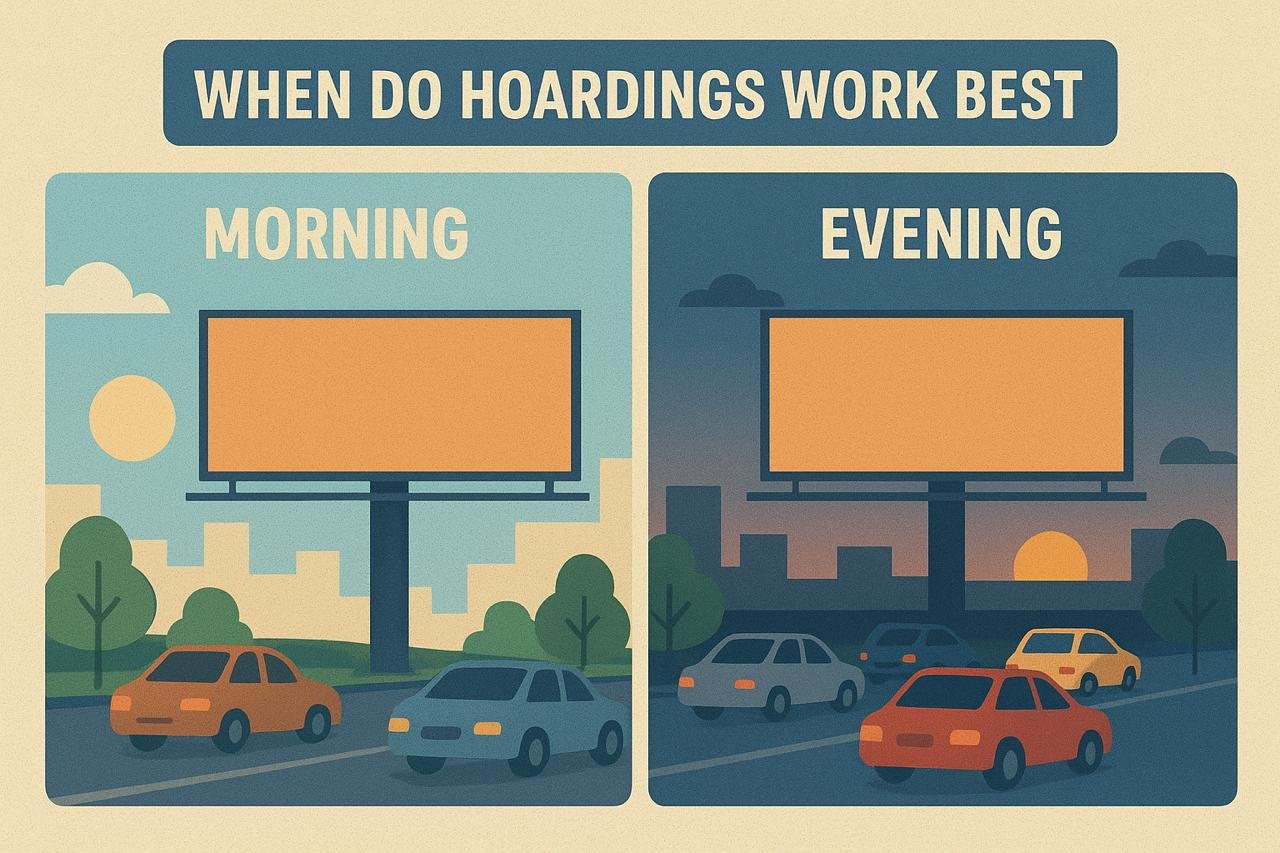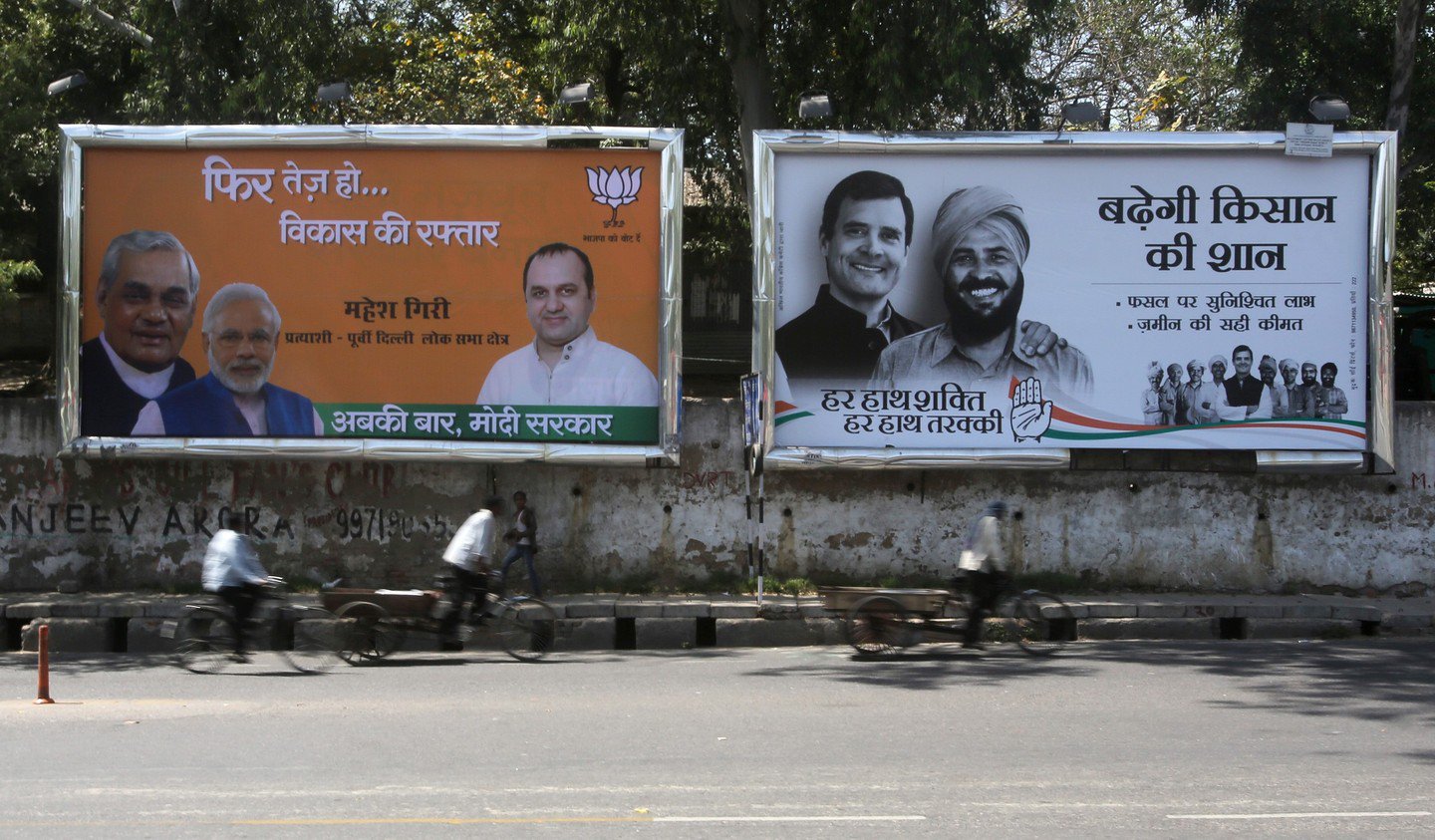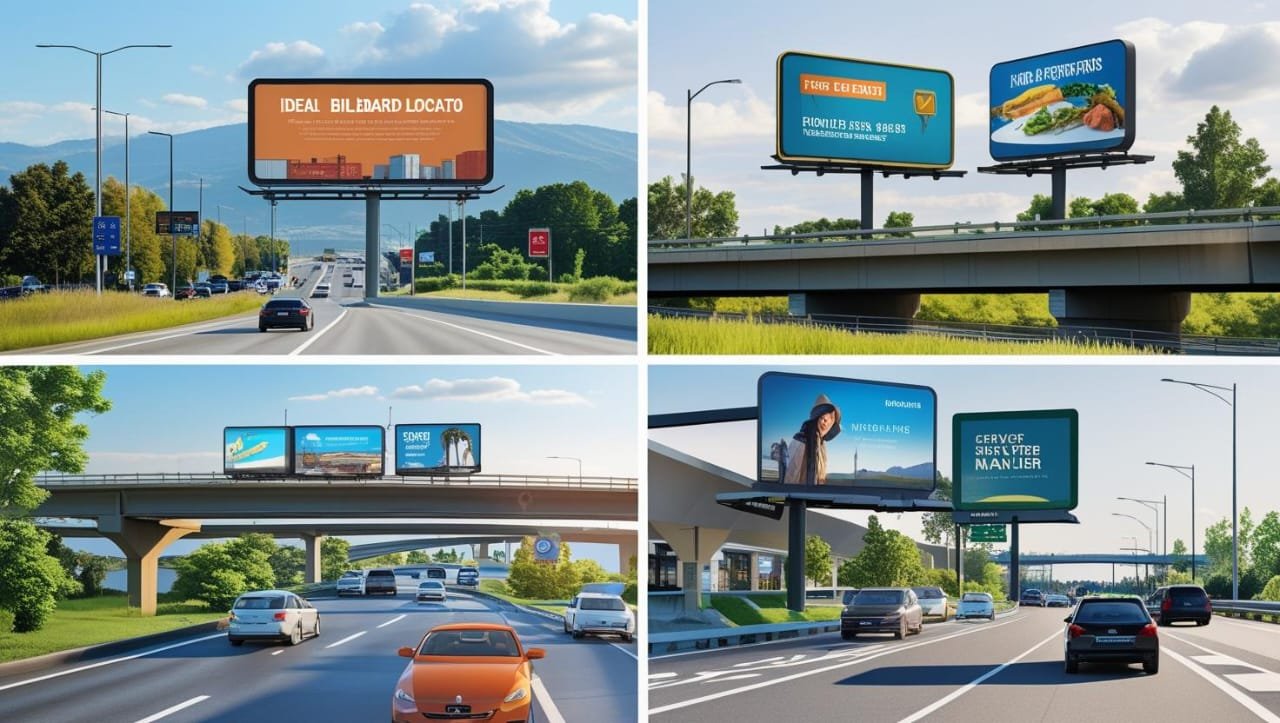If you’ve ever spent time in a big city, you know the story already. Mornings start with a rush. Cars, bikes, buses—everyone packed together on the road, inching forward while people check the clock every thirty seconds. By evening, the same roads tell a different story: slower, heavier, a little more resigned, but still just as crowded.
Now, if you pay attention during these hours, you’ll notice something else. The giant hoardings that line highways, metro routes, and busy crossings don’t change. But the way you see them does. In the morning, a hoarding might feel like a blur as you hurry past. By evening, that same hoarding might suddenly catch your eye when you’re stuck at a red light with nowhere else to look.
This is what makes the debate so interesting: when do hoardings actually work better—during morning traffic or evening traffic?
The Morning Commute: Fast Eyes, Sharp Minds
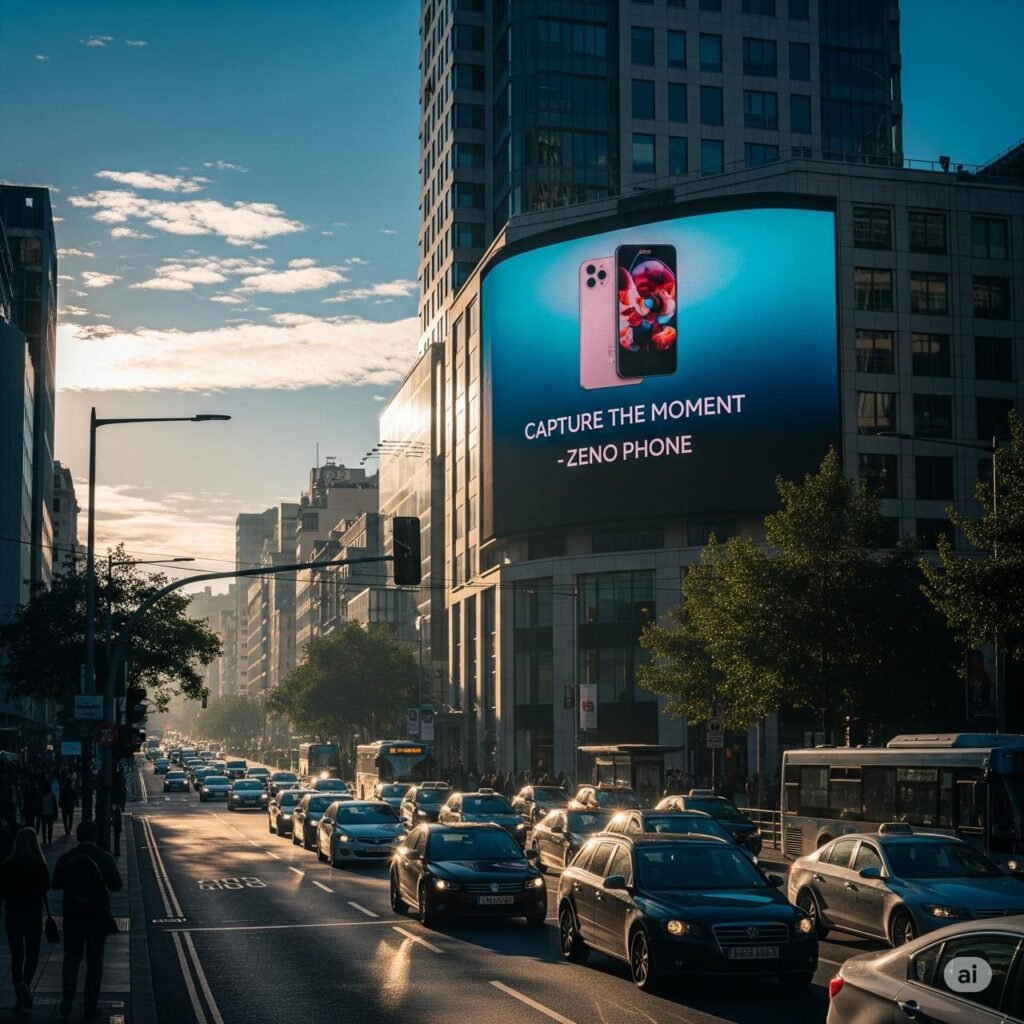
Morning traffic is brutal but predictable. Between seven and ten, the city fills with people who are all thinking the same thing: I need to get there on time. It could be the office, school, or a client meeting. Whatever the destination, mornings are about discipline and deadlines.
That mindset matters. When you’re in a rush, you’re not scanning the skyline for entertainment. You’re focused, impatient, maybe even a little stressed. So, what chance does a hoarding have? Surprisingly, quite a lot.
Here’s why: most of us take the same route every morning. The same signal. The same flyover. The same bottleneck before the toll gate. And every single day, we pass the same hoardings. Even if you don’t stop to consciously read them, they sink in through sheer repetition. By the fifth or sixth time, the brand name is in your head whether you like it or not.
Think of those coffee chain ads you see near office hubs. The big steaming mug, the words “Fresh Brew Ahead.” You may not even drink coffee that day, but the message is planted. Eventually, on the morning you do feel drowsy, that hoarding comes back to you, and suddenly, you’re pulling into their drive-through.
That’s the quiet strength of morning hoardings: they don’t persuade immediately, but they build memory.
The Evening Crawl: Tired Minds, Wandering Eyes
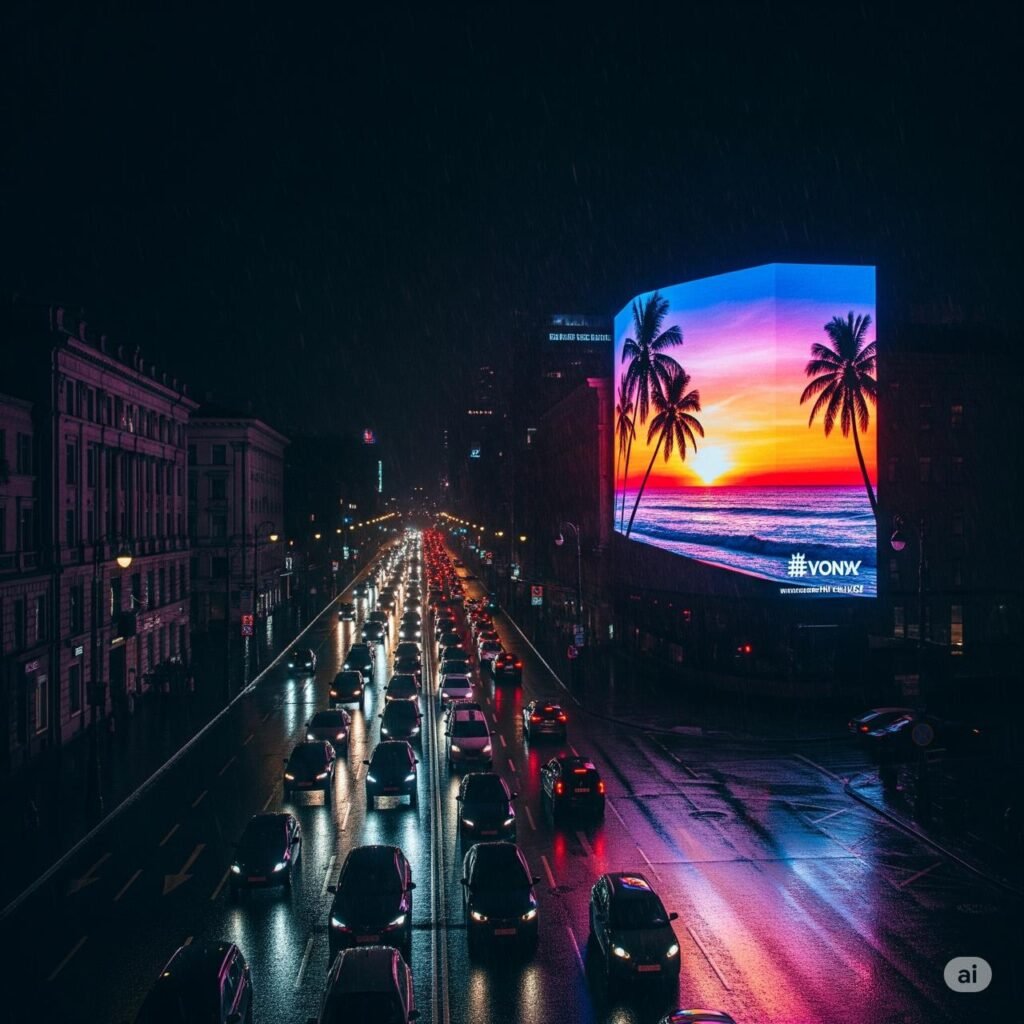
Now let’s flip the picture. Work is done. The sun is dropping. You’re tired, maybe hungry, maybe a little bored. Traffic hasn’t gone away—in fact, it’s often worse—but the energy is different. Nobody is racing to meet a clock anymore. The urgency of the morning is replaced by a kind of collective sigh.
And that’s when hoardings come alive.
Evening commuters are far more open to distraction. If you’ve been staring at brake lights for half an hour, a bright hoarding about pizza or a new movie suddenly feels like a welcome change. You’re also more open to decisions. Unlike mornings, when everyone is locked into routine, evenings are full of choices: Should I stop for dinner? Should I hit the gym? Should I buy something on the way home?
That’s why restaurants, entertainment venues, gyms, and retail brands love evening traffic. The mindset is different. A hoarding that says, “Skip Cooking Tonight—Family Meals Ready” hits harder at 7 p.m. than it ever could at 8 a.m.
So Which One Works Better?
It depends on what you’re trying to achieve.
- If the goal is brand recall—to make sure people remember your name—mornings are unbeatable. The repetition of the same audience, day after day, cements the message in memory.
- If the goal is action—to push someone to stop, buy, or try something that same evening—then evenings win. The mindset is looser, more receptive, and more willing to be persuaded.
In short, mornings plant the seed. Evenings harvest it.
Real-Life Snapshots
Take Delhi NCR as an example. On the Delhi-Gurugram expressway, mornings are a blur of office traffic. A simple hoarding for a finance app—just the logo and a three-word slogan—has high impact here. Nobody has time to study details, but everyone notices it, again and again.
By evening, on the same stretch, a restaurant advertises: “Dinner Buffet, Exit 7.” The difference is immediate. Tired drivers see it, think about how late they’ll get home, and suddenly that buffet sounds like the easiest solution.
In Mumbai, coffee shops near Lower Parel swear by morning hoardings. But multiplexes in Andheri invest in evening ones, because that’s when people are deciding how to spend their night.
Even fitness clubs use time-specific messaging. “Start Your Day Strong” works better at 8 a.m., while “Unwind After Work” makes more sense at 6 p.m. Same hoarding space, different impact, simply because of timing.
The Human Element
At the end of the day, traffic is about people, not vehicles. And people in the morning are not the same as people in the evening—even if it’s literally the same commuter. In the morning, they’re racing against the clock. In the evening, they’re wrestling with fatigue and choices.
Hoardings succeed when they respect that difference. A witty, complex ad may go unnoticed in the morning but get plenty of attention in the evening. A short, repetitive reminder may seem boring at night but becomes powerful during the daily grind of morning commutes.
Final Word
So, when do hoardings work best? The honest answer is both—but for very different reasons. Mornings are about memory. Evenings are about persuasion.
The smartest advertisers don’t pick one over the other. They adapt. They design their morning hoardings to match the commuter’s urgency—short, bold, and repetitive. And they design their evening hoardings to match the commuter’s mood—inviting, persuasive, and action-driven.
Because in the end, a hoarding isn’t just a giant sign on the roadside. It’s part of someone’s daily story, woven into the rhythm of the city. And if it speaks at the right time, in the right way, it doesn’t just get noticed—it gets remembered.
